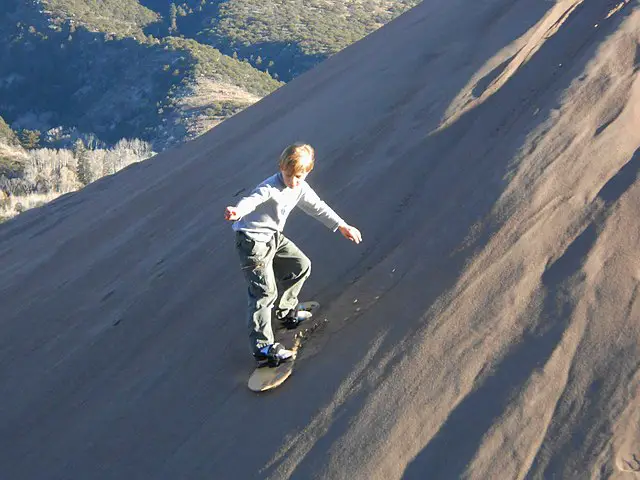
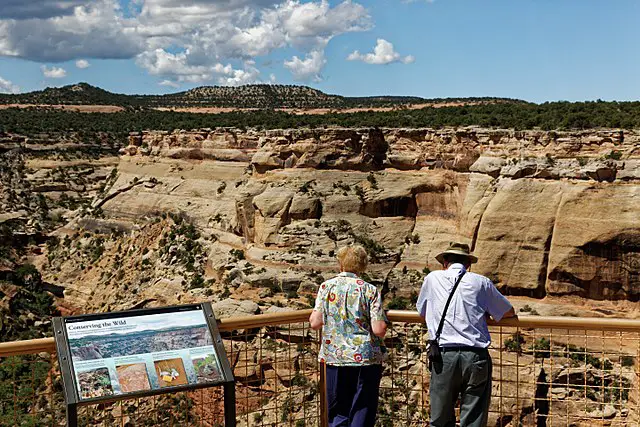
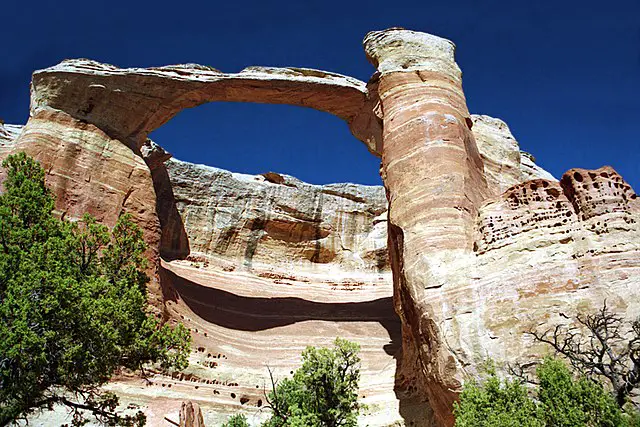
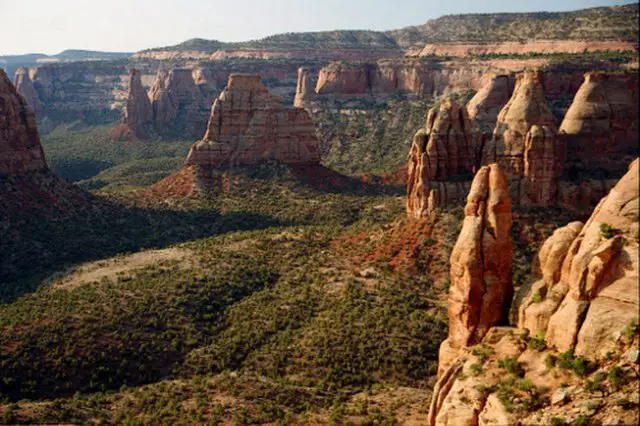
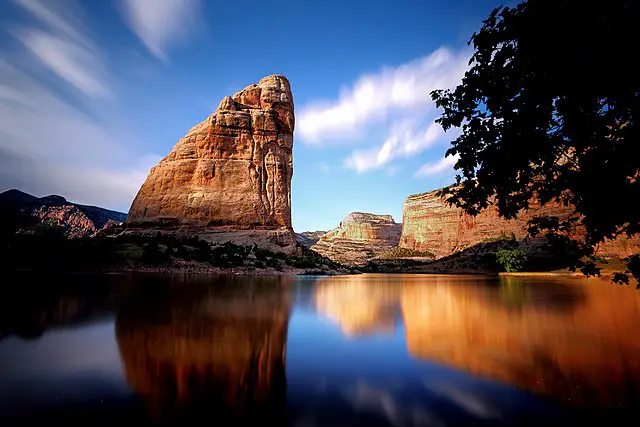
The Colorado National Monument is a breathtaking and unique landscape located in Western Colorado, near the city of Grand Junction. The monument encompasses approximately 20,500 acres of stunning red rock formations, canyons, and mesas, making it one of the state’s most popular natural attractions. Here, visitors will find incredible vistas and a diverse range of recreational opportunities, from hiking and sightseeing to camping and rock climbing.
Visitors to the Colorado National Monument will be greeted by the spectacular scenery of towering rock formations, including the Kissing Couple, Independence Monument, and the Coke Ovens. The park offers a variety of trails that range in difficulty, including the popular Rim Rock Drive, which takes visitors on a scenic drive along the edge of the park’s impressive cliffs and canyons. There are also several shorter trails that are ideal for families, such as the Independence Monument Trail and the Ute Canyon Trail.
For those seeking a more challenging adventure, the park offers several opportunities for rock climbing and backcountry hiking. Rock climbers will find plenty of opportunities for both sport and traditional climbing, and backcountry hikers can explore the park’s remote canyons and mesas.
Camping is also available within the Colorado National Monument, and there are several campgrounds that offer a range of amenities, from basic tent sites to full hook-up RV sites. Campers will have the opportunity to enjoy the park’s incredible night skies, as well as its abundance of wildlife, which includes mountain lions, bobcats, and mule deer.
Visitors to the Colorado National Monument will find several visitor centers and ranger stations throughout the park, as well as picnic areas and restrooms. The park is open year-round, and fees are charged for entry and camping. The park’s high altitude and changing weather conditions make it important to be prepared for a range of conditions, so it’s always a good idea to check the park’s official website or speak with a ranger before setting out on your adventure.
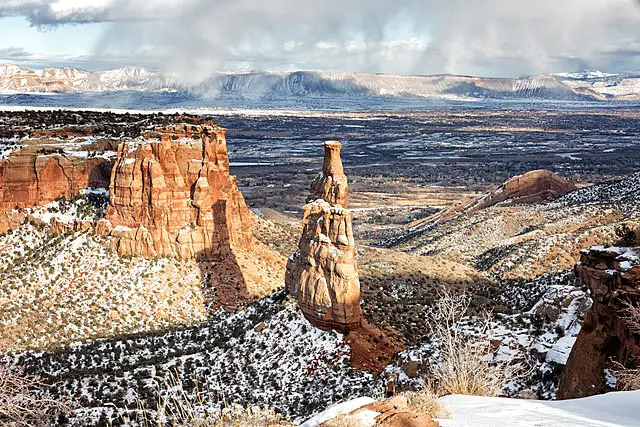
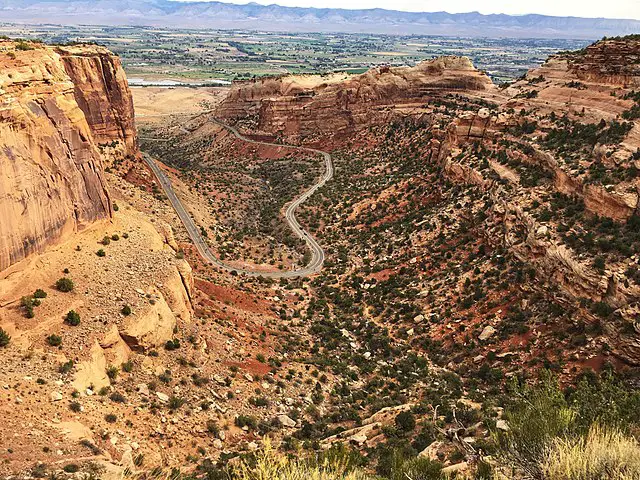

The San Juan Skyway and the Million Dollar Highway are two popular scenic drives in Colorado that offer tourists a unique and breathtaking experience in the heart of the Rocky Mountains.
The San Juan Skyway is a 236-mile long loop drive that travels through the heart of the San Juan Mountains. The drive starts and ends in Durango and offers breathtaking views of the surrounding peaks and valleys, as well as several small towns and historic mining communities along the way.
One of the highlights of the San Juan Skyway is the Million Dollar Highway, a section of the drive that spans 25 miles between Ouray and Silverton. This section of the drive is considered one of the most scenic drives in the country and features stunning views of the San Juan Mountains and the surrounding landscape. The highway is known for its steep and winding road that hugs the cliffs above the Uncompahgre Gorge, offering breathtaking views of the valley below.
Along the way, tourists can stop at several historic towns and attractions, such as Ouray, a charming town known for its hot springs, and Silverton, a former mining town that is now a popular tourist destination. In these towns, visitors can explore local museums and historical sites, as well as enjoy outdoor activities such as hiking, fishing, and skiing.
In addition to the scenic drive, there are also several popular recreational areas along the San Juan Skyway and the Million Dollar Highway, including the Black Canyon of the Gunnison National Park, the Curecanti National Recreation Area, and the Uncompahgre National Forest. These areas offer visitors the opportunity to hike, bike, fish, and enjoy other outdoor activities in the stunning Colorado landscape


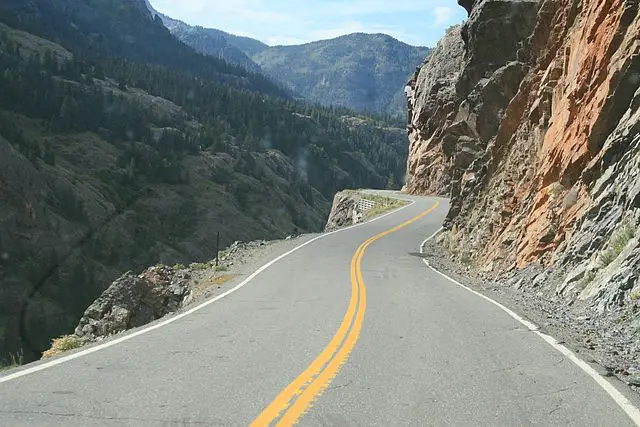

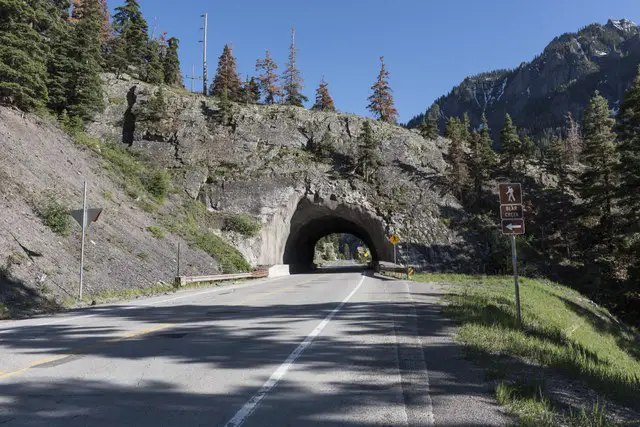


Great Sand Dunes National Park and Preserve is a unique and spectacular natural area located in southern Colorado, near the town of Alamosa. The park is home to the tallest sand dunes in North America, rising up to 750 feet above the floor of the San Luis Valley. Visitors to the park can hike, sandboard, and even sled down the dunes, which cover an area of over 30 square miles.
One of the best ways to experience the dunes is to hike to the top of the tallest dune, known as Star Dune, which provides panoramic views of the surrounding mountains and the valley below. The park also offers several trails through the surrounding mountains, including the Medano Pass Primitive Road, which is a scenic drive that winds through the dunes and offers stunning views of the surrounding landscape.
For those who are interested in the history of the area, the park is home to several cultural sites, including the Zapata Ranch, which is a working ranch that offers visitors a glimpse into the history of ranching in the region. The park also has several campgrounds, picnic areas, and visitor centres, which provide information about the park’s history, geology, and wildlife.
Visitors to Great Sand Dunes National Park and Preserve can also enjoy the nearby town of Alamosa, which is known for its rich cultural heritage and its scenic beauty. The town is home to several museums, art galleries, and cultural centres, as well as a number of restaurants, shops, and hotels.
